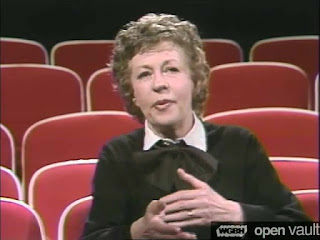By Dana
Chamblee Carpenter
Have you
ever seen those water works exhibits they have in most children’s science
museums? It’s a pretty simple system—a single source of water flowing into a
larger basin that has slots where kids insert in plastic pieces of varying
sizes and shapes to block the water or redirect the flow. While they play, a
calm settles on the children, their faces relaxed but determined, and they grow
quiet in the intensity of their focus. If you dare to play yourself, you learn
why.
Most of us
lead very full lives these days, juggling roles at work, as a partner or spouse
or a parent, shouldering our social obligations and community work. For those
of us who write, trying to squeeze an extra role into the midst of all the
others sometimes feels impossible.
I used to
think about it like juggling balls or spinning plates—if I worked fast enough
and clever enough, I could do it all. But then the balls fell and the plates
broke because, beyond my control, some part of my schedule changed, or because
I got tired running from one plate to another and gave up.
For
writers, giving up isn’t really an option though. We write because we must,
because we have stories in our heads and hearts that need telling, because we
have characters who need to be alive.
So how do
we do that good and necessary work in the midst of all the other?
We become
like the kids playing at the water works. We recognize that there is a single
source for what we do in a day or a week, a finite amount of energy and time. We
first pay close attention to keeping that well of water full. Rest, reading, play,
exercise, meditation—whatever fills you up must be a priority. Nothing can flow
out of an empty well.
And then,
we must realize that we don’t control the circumstances around us so much as we
navigate them.
Like the
child building a wall to direct the water flow, I can choose where to direct my
energies. In the morning, I want my energy to flow into my writing. Doesn’t
mean I won’t get interrupted by one of my kids or have to deal with a service
call or a student, but if I’m thinking about myself like water, directing my
energy where I want it to go, those issues I can’t control are merely momentary
distractions, obstructions I can swirl past like a river runs around a rock.
Because I
am fluid but focused, I move past the distraction quickly and get back to writing.
And, when it’s time, I redirect my energies to other roles—parenting or
teaching. When I sense that my well is getting dry, I stop to do the important
work of filling it back up again.
A sense of
calm empowerment settles on me like on the faces of the children at play, and
the noisy clutter of a busy life falls silent in the intensity of my focus.
And then
the words come.
______________________________________________________________________________
Dana
Chamblee Carpenter is the author of The Devil’s Bible, the sequel to Bohemian Gospel, a supernatural historical thriller which won the 2014 Killer
Nashville Claymore Award and which Publisher’s Weekly called “a deliciously
creepy debut.” Edgar Award nominee and author of Bliss House and The Abandoned
Heart, Laura Benedict says, “Look out, Dan Brown. Dana Chamblee Carpenter
is the angels' new champion in the timeless battle between darkness and light. The Devil's Bible is not just a book, but
a shining, vibrant tale for the ages—told with history and heart—that will have
readers both weeping and cheering not only for brave Mouse, but for all of
humanity.” Carpenter’s award winning short fiction has appeared in The
Arkansas Review, Jersey Devil Press, Maypop, and, most recently in the
anthology, Killer Nashville Noir: Cold
Blooded. She teaches at a private university in Nashville, TN where
she lives with her husband and two children.




























